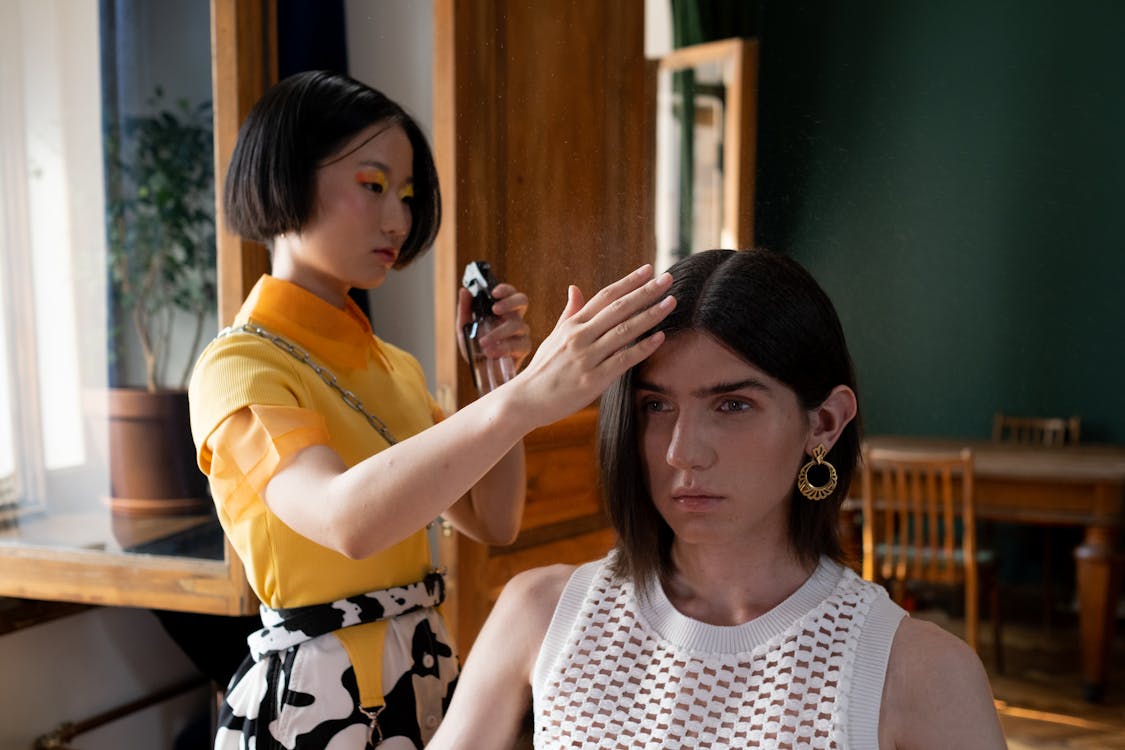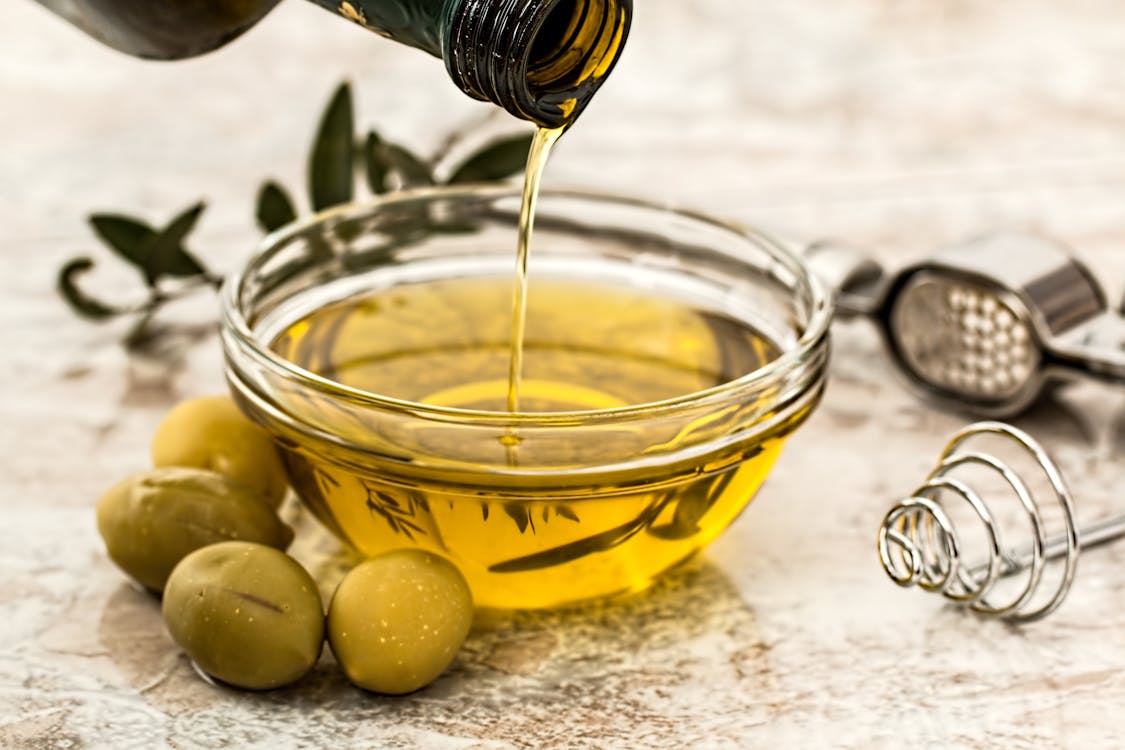Despite what you’ve read about not using heat-styling tools during the winter, there is a way you straighten your hair and look fabulous without any compromises. We introduce the Heat Protectant Spray!
What is a Heat Protectant Spray?
Contrary to the belief that a heat protectant spray will protect your hair from all damage, it actually only reduces damage when used before using any heat styling tools. Heat protectants come in various forms, though the spray is the most common. Heat protectants can be creams or serums and even specially formulated products that are used in the shower. As far as heat protectants go, they serve one purpose, but if you do extensive research, you’ll find that some actually double as a leave-in conditioner, styling cream, and heat protectant!
How Does a Heat Protectant Work?
Think of heat protectants as invisible shields that create a barrier or film around the hair surface, a.k.a. the cuticle. These heat protectants are usually made from polymers, silicones, and even hydrolyzed wheat protein, explains Esther Olu, a cosmetic chemist.
Olu describes heat protection functionality similar to sunscreens; when applied, a barrier is formed to reduce damage against the sun’s UV rays—in this case, it helps minimize damage from heat. This invisible shield protects hair from heat damage, leaving moisture in!
How to Choose a Heat-Protectant Spray
Before you add products to your Amazon cart, there are a few things to note when selecting the right type of heat protection for your hair. Being aware of your hair type, what the hair-loving ingredients are, and if a spray, cream, or serum is best for you will help you make the best choice to protect against heat damage!

Photo by Ron Lach
Hair Types
Did you know there’s a difference between hair types and hair textures? Hair texture describes the circumference of your hair, as explained by Nutrafol. Although there are only three hair texture types (fine, medium, and thick), each texture type has its own traits.
Fine
Starting with one of the most fragile hair textures, fine hair is thin and has only two hair layers; the cortex and the cuticle. Experts explain, “too much product will weigh [this hair] down, making it [easier to break].”
Medium
In the middle, we have medium hair, which is the most common and is a little thicker than fine hair. In most cases, the individual strands have the same two hair layers as fine hair, but it might actually have a third layer, referred to as the medulla. Experts explain, “medium hair can keep hairstyles better, looks thicker, and is more resistant to breaking.”
Thick
This brings us to our last hair texture, thick. The thick hair texture has all three layers; the cortex, the cuticle, and the medulla. With the additional third layer, hair is fillers and styles very well. Experts explain, “thick hair is more tolerant to heat, styling products, hair dye, and breaking… but also means that your hair takes longer to dry and can get frizzy in humid weather.”
Ingredients

Photo by Pixabay
Keratin
Studies explain that hair is made up of a tough protein, keratin. Hair follicles anchor each strand into the skin, where bulbs form the base of the hair follicle. The hair bulb then divides living cells and grows to build the hair shaft.
When looking through the ingredients list of the heat protectants, always check for certain, especially hydrolyzed keratin. This ingredient helps strengthen hair by increasing your hair’s ability to retain moisture. In turn, your hair is less likely to break and keep your hair feeling luscious and lustrous.
Argan Oil
If you’re not familiar with all the incredible hair-loving benefits, argan oil does for your hair, get ready to take notes! Argan oil is rich in nutrients, antioxidants, essential fatty acids, and even vitamin E! Argan oil nourishes each hair strand from the inside out while protecting each strand from heat damage.
Argan oil is one of the few oils with a high smoking/burning point. Ultimate Moroccan Argan Oil explains, “natural oils which start to break down at 300oF or lower, Argan oil can withstand higher temperatures” up to 420oF, so there’s no wonder argan oil is found in so many hair products!
Heat Protectant Type: Spray, Cream, or Serum
For fine hair, it’s recommended to use a spray as a heat protectant spray won’t be too heavy. For fine to medium hair, a serum is suggested, as medium hair is more likely to hold the product without causing any damage. Lastly, it’s recommended to use cream-based heat protectants for thick hair as they’re more resilient compared to thin and medium hair.
Our Favorite Heat Protectant Spray: For All Hair Types
 Photo by Cab’s Professional
Photo by Cab’s Professional
The Cab’s Professional Argan Oil Moisture Repair Spray does precisely that. It moisturizes hair while repairing split ends, taming frizz, and protecting it from heat damage. This spray can be used as a leave-on treatment or before styling with heat tools. For maximum protection, pair with the Argan Oil Hair Serum for added shine and protection! Cab’s Professional Argan Oil Moisture Repair Spray is light and perfect for all hair types!
We hope you’ve found this helpful information and are ready to try some stylish dos this winter! Follow us on Instagram, Facebook, and Pinterest for the latest in hair care!

